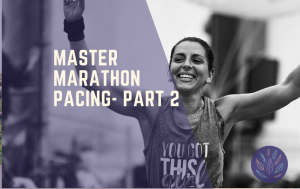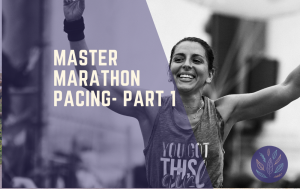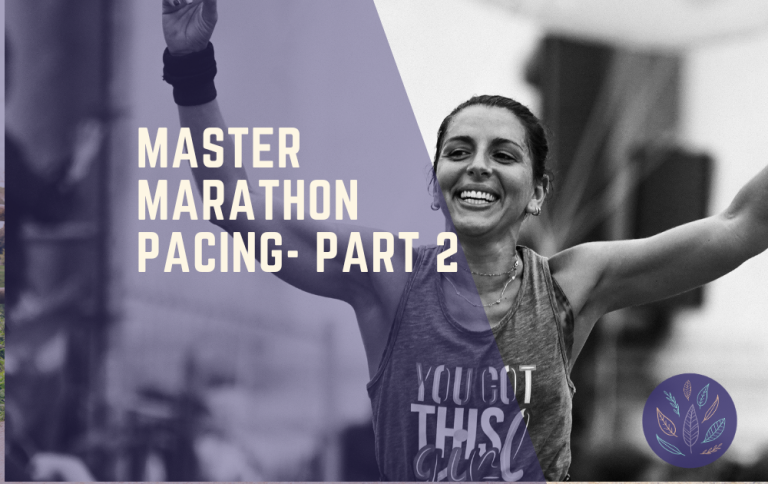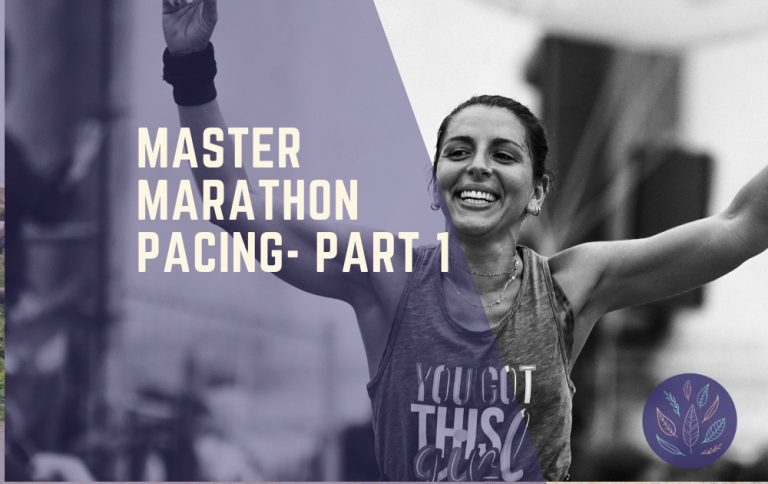
Have you ever wondered how crucial hydration is for an athlete’s peak performance and overall health? Understanding the science of hydration can make the difference between a personal best performance or a trip in an ambulance.
Recent Australian statistics shed light on the criticality of hydration in sports. According to the Australian Institute of Sport, dehydration can reduce athletic performance by up to 30%. Another study by Sports Dietitians Australia highlights that even 2-3% body weight loss due to dehydration significantly impairs endurance and cognitive function. These figures are a wake-up call for athletes to prioritise hydration in their training and competition regimes.
Hydration is more than just quenching thirst; it’s about maintaining balance in your body. When you’re well-hydrated, your heart pumps blood more efficiently, nutrients are transported effectively, and waste products are removed promptly. This harmonious state enables athletes to train harder, recover faster, and perform better.
But how much water is too much? This is a common question asked by athletes. Overhydration or hyponatremia is a real concern, especially in endurance sports. It occurs when the body’s sodium levels are diluted. A sports nutritionist plays a pivotal role in guiding athletes to find their individual hydration balance—neither too little nor too much.
Innovations like hydration gels and flasks have revolutionised how athletes hydrate during running and other endurance sports. A hydration gel provides a concentrated energy source and essential electrolytes, aiding in sustained performance. Similarly, a hydration flask is convenient for carrying fluids, ensuring athletes stay hydrated without interrupting their momentum.
But hydration is not just about water and electrolytes; it’s part of a larger picture – sports nutrition. A well-designed nutrition plan, tailored by a sports nutritionist, can significantly enhance an athlete’s performance. It integrates hydration strategies with energy needs, recovery nutrition, and overall health maintenance.
Dehydration headaches are a telltale sign of inadequate hydration. This symptom can impair physical performance and affect mental focus and decision-making skills, crucial in competitive sports. Recognising early signs of dehydration and responding promptly is essential.
Athletes must also consider specialised hydration packs, especially during long training sessions or competitions. These packs are designed to carry water and other essentials, enabling athletes to hydrate on the go. This tool is particularly useful in sports where stopping for a drink can mean losing precious time or momentum.
However, hydration is not a one-size-fits-all approach. Factors like individual sweat rates, weather conditions, and the intensity of the activity all play a role in determining hydration needs. This is where consulting with a sports nutritionist becomes invaluable. They can help devise a personalised hydration strategy that aligns with the athlete’s body requirements and sporting goals.
Visit the Athlete Sanctuary to explore how our personalised hydration strategies and expert sports nutrition advice can transform your athletic performance. Speak with Kate, our Olympic marathon runner turned naturopath and sports nutritionist, and take the first step towards achieving your sporting dreams! Book now
References
Australian Institute of Sport 2024
Klingert, M., Nikolaidis, P. T., Weiss, K., Thuany, M., Chlíbková, D., & Knechtle, B. (2022). Exercise-associated hyponatremia in marathon runners. Journal of Clinical Medicine, 11(22), 6775.
Pollock, N., Chakraverty, R., Taylor, I., & Killer, S. C. (2020). An 8-year analysis of magnesium status in elite international track & field athletes. Journal of the American College of Nutrition, 39(5), 443-449.
Tan, X. R., Low, I. C. C., Byrne, C., Wang, R., & Lee, J. K. W. (2021). Assessment of dehydration using body mass changes of elite marathoners in the tropics. Journal of Science and Medicine in Sport, 24(8), 806-810.










